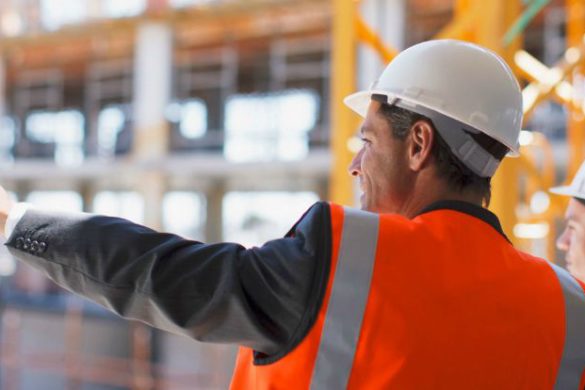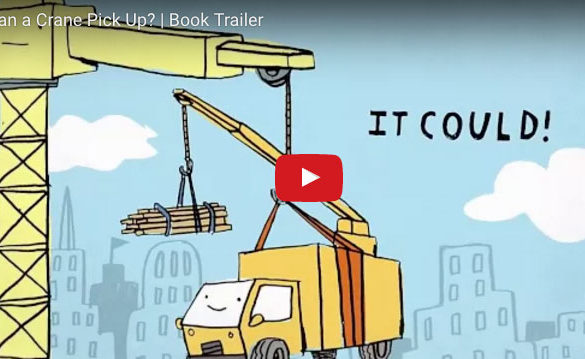 The Favelle Favco-brand tower crane-whose luffing jib dramatically flipped backwards as Superstorm Sandy blew into Midtown Manhattan-was properly prepared for wind, says the construction manager in charge of the project.
The Favelle Favco-brand tower crane-whose luffing jib dramatically flipped backwards as Superstorm Sandy blew into Midtown Manhattan-was properly prepared for wind, says the construction manager in charge of the project.
Before the crane was called in to help build the roughly 1,000-ft-tall residential tower, engineers developed procedures for how to dress the crane, including weather-vaning it, prior to storms, according to one official for Lend Lease, the construction manager for the One57 tower.
“It is our understanding that the operator followed the procedures on those drawings, as done many times prior to this event (every thunderstorm, Hurricane Irene, etc.),” says a statement that Mary Costello, Lend Lease spokesperson, e-mailed to ENR on Oct. 31.
“The crane was left in the ‘free slewing’ position as is evident that it is now in a different position than when the boom folded over,” the statement adds. The crane, which is owned and operated by Pinnacle Industries, is secure, city officials say.
Probable Causes?
Wind is a known risk for people operating cranes of any type, including towers. According to Aviad Shapira, a civil engineering professor at Technion in Haifa, Israel, and textbook author, wind is the third-largest risk around tower cranes behind operator proficiency and site-level safety management. Crane operators weather-vane a crane when it is not in use to mitigate this risk.
“Tower cranes are built to sustain winds up to intensities specified by manufacturers and regulations. However, operating in winds is still dangerous,” says Shapira in a paper appearing in the November 2012 edition of the Journal of Construction Engineering and Management. “Sudden wind gusts are especially dangerous.”
Weather-vaning a tower crane involves releasing the unit’s swing brake so the jib can move freely in the wind. Then, as wind pushes against the jib, the jib rotates until it is pointing downwind. The counterweight points upwind, helping to balance the vertical tower structure and provide gust resistance.
Although early speculation pointed to the lack of weather-vaning the crane as a possible cause, tower crane experts now tell ENR that the partial collapse could have been due to unexpected wind forces acting in combination on the building and the rig.
One crane expert and engineer, who asked not to be named, says that wind gusts moving up the side of the building could have created a vortex that lifted and flipped the boom over backwards.
Author; Tudor Van Hampton
Source:



